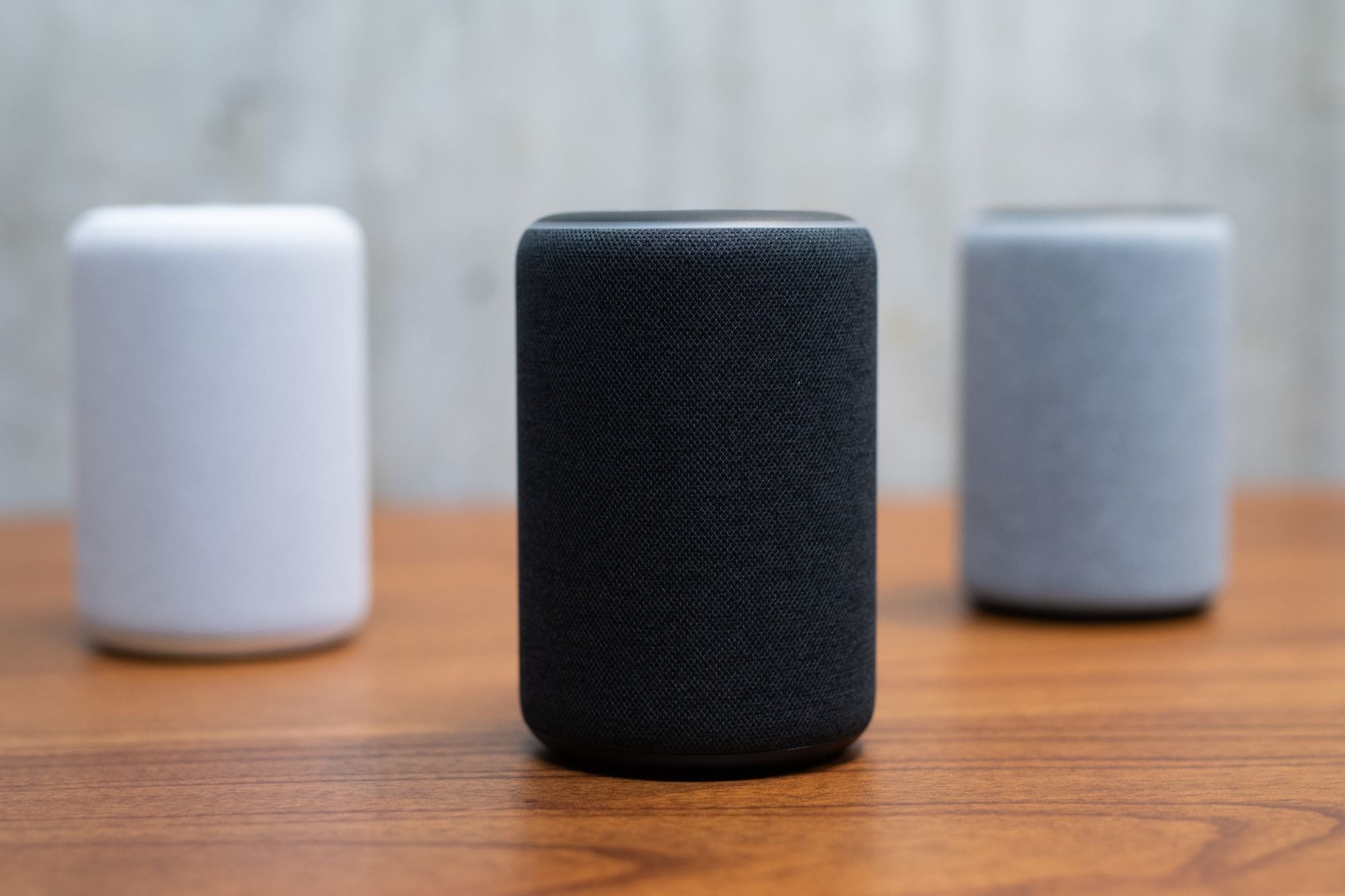Hello, Collaboration! How the Future of A.I. Lies With Brand Cross-PollinationAlexa, Cortana见面。Cortana,满足Alexa Siri and Google Assistant. Now, PDAs, talk amongst yourselves ...
ByPuneet Mehta•
Opinions expressed by Entrepreneur contributors are their own.

For a few years now, there have been rumblings that virtual assistants might actually start talking to one other. And in a pretty hilarious feat,people have figured outhow to literally get Alexa, Siri and Google Assistant to chatter together in an endless loop. While this was entertaining, it's the real-life partnership that Amazon and Microsoft have formed to have their virtual assistantstrulytalk to each other that is worth paying attention to.
Related:Your Human Virtual Assistant Will Soon Be an AI-Driven Digital Assistant
Both companies are enabling Microsoft's business and productivity-focused Cortana to engage with Amazon's consumer- and ecommerce-focused Alexa. A command of "Cortana, open Alexa" will enable Microsoft users to do things such as control smart devices in their homes, or access any of the otherthird-party skillsavailable on Alexa such as making a payment on a credit card, ordering a pizza or even turning theirAnova Precision Cookerup a few degrees.
Alexa users, meanwhile, can beckon Cortana to manage their calendar, check when their next sales meeting is scheduled or send an email via Outlook. Amazon and Microsoft both realize the benefit of having these advanced capabilities, but also understand the domains that they should respectively stay in, as well as when collaboration, rather than building from scratch, makes sense.
Related:The Digital Evolution of Ubiquitous Personal Assistants
At the time of the announcement, Amazon's Founder and CEO Jeff Bezos said: "There are going to be multiple successful intelligent agents, each with access to different sets of data and with different specialized skill areas. Together, their strengths will complement each other and provide customers with a richer and even more helpful experience."
To this, I say,bingo.
How partnerships benefit AI -- and us.
Virtual agent partnerships like that between Alexa and Cortana should not be looked at just by the behemoths of Silicon Valley, but by companies across industries that have their own virtual assistants. Businesses should ask themselves: What services and information would our customers benefit from, and how can we collaborate with other companies to create a better end user experience?
After all, the goal of deploying AI is to create meaningful, frictionless, on-demand (and increasingly proactive) experiences.
For consumer companies, the next frontier in AI is collaboration. (We've seen some of these partnerships emerge in the business sphere; in one example, Oracle users are now able to access sales, HR and ERP data directly fromSlack).这将表现为一层机器人说话to other bots in the background. The point will be to surface information or as a means for inviting bots into an existing conversation, creating a group chat of sorts between various AIs and the customer.
A case study
Here's an example of how I see this playing out: Imagine a woman (we'll call her Sarah) is stuck in traffic on her way to the airport. She messages her airline to see if there are any seats on a later flight, as she might well miss her scheduled flight. As the airline AI is pulling up rebooking options, it also invites a traffic/map AI into the conversation to see if there are alternate routes to the airport with less congestion.
Other AI processes also happen ...
In the background, the airline's AI also engages with an airport AI to see which security lines are shortest, to provide Sarah with an action plan when she arrives. Whew! She makes her flight! Sarah also previously gave permission for her airline to engage with her itinerary AI; so, because her flight is expected to land early, it reaches out to the AI of the hotel she is booked at to request an early check-in, and let her know when she lands.
In this instance, the airline identifies all related services across the day-of-travel journey that could enhance our customer, Sarah's, experience. In short, it's not just the airline that is benefiting. Thecustomerhas benefited; and as a result, Sarah's brand affinity for all companies involved has grown.
The pillars of B2C bot collaboration
Some critics have said that the experience of actually getting the two AIs to work together is a bit awkward -- even requiring us to say, "Alexa, open Cortana." And here, I envision company-to-company AI's eventually communicating behind-the-scenes. Getting this to work is still a few years off and will require a few fundamental steps; namely:
Duel benefit:Every company will need to have a clear path to brand equity.
Universal NLU standard:NLU stands for "natural language understanding," something that today's bots already have various degrees of capability for. If a bot that has advanced NLU invites a basic bot that relies solely on keywords and clicks into the conversation, the experience would be jarring. The sophistication of all bots involved should be similar.
Opt-in:Consumers should opt-in to have another AI activated and give permission to view conversation data and participate. There should also be an ability to disinvite or silence an AI from the conversation.
Privacy:Rigid measures will need to be in place to ensure that consumer data is protected and that nothing is shared without the user's permission.
Human out:The customer should always have the ability to engage with a human agent at any time.
Customer-facing AI is all about adding value and eliminating friction. And, yes, bot collaboration offers the opportunity to surprise and delight a customer with unexpected information or tools at meaningful times. Yet, while this collaboration is still a few years off, companies need to lay the foundation today for an advanced AI experience.
Related:How Important Is Siri's Personality?
This level of AI will be enticing to other companies to want to join, as well as set themselves up to be invited into still other companies' AI programs.












